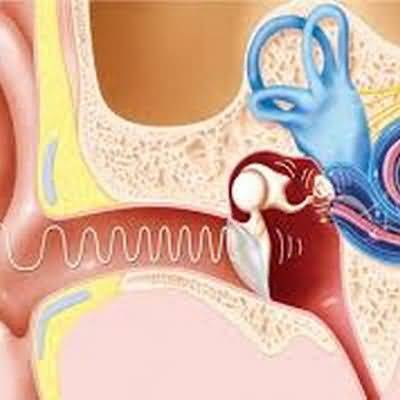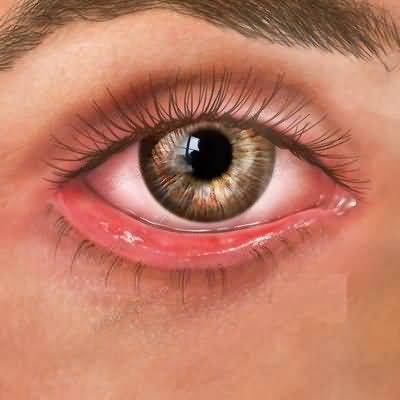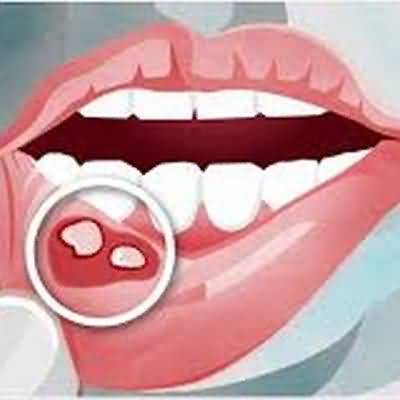Herpes Zoster Ophthalmicus
Herpes Zoster Ophthalmicus
Herpes zoster frequently involves the ophthalmic division of the trigeminal nerve. It presents with malaise, fever, headache, and periorbital burning and itching. These symptoms may precede the eruption by a day or more.
The rash is initially vesicular, quickly becoming pustular and then crusting. Involvement of the tip of the nose or the lid margin predicts involvement of the eye. Ocular signs include conjunctivitis, keratitis, episcleritis, and anterior uveitis, often with elevated intraocular pressure.
Recurrent anterior segment inflammation, neurotrophic keratitis, and posterior subcapsular cataract are long-term complications.
Optic neuropathy, cranial nerve palsies, acute retinal necrosis, and cerebral angiitis occur infrequently.
HIV infection is an important risk factor for herpes zoster ophthalmicus and increases the likelihood of complications.
High-dose oral acyclovir (800 mg five times a day), valacyclovir (1 g three times a day), or famciclovir (500 mg three times a day) for 7–10 days started within 72 hours after the appearance of the rash reduces the incidence of ocular complications but not of postherpetic neuralgia.
Keratitis can be treated with a topical antiviral such as ganciclovir 0.15% gel. Anterior uveitis requires treatment with topical corticosteroids and cycloplegics.
Neurotrophic keratitis is an important cause of long-term morbidity.
Varicella vaccination reduces the overall incidence but may trigger herpes zoster ophthalmicus.
When to Refer
Any patient with herpes zoster ophthalmicus and ocular symptoms or signs should be referred urgently to an ophthalmologist.

















